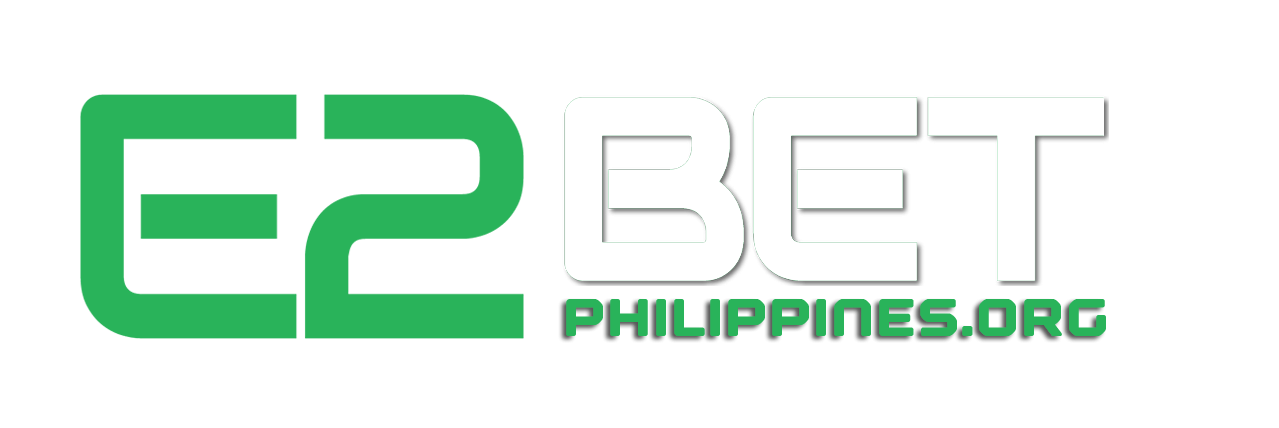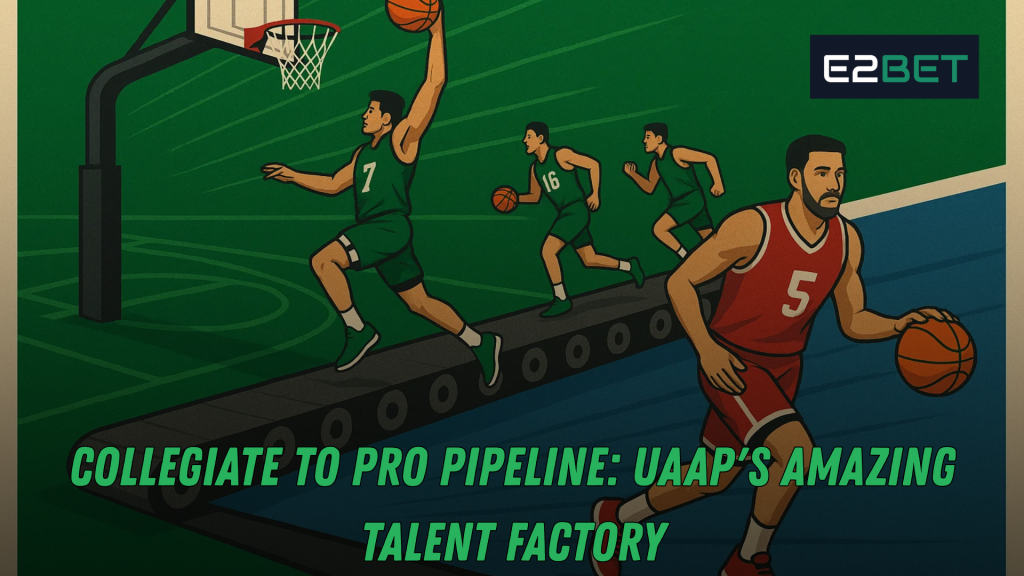Table of Contents
From campus pride to professional impact
Collegiate to Pro Pipeline: Every sporting nation needs a clear, dependable route that carries young athletes from high school dreams to university stages and, finally, into the lights of professional leagues. In the Philippines, the University Athletic Association of the Philippines (UAAP) has served as that route for decades. What separates this ecosystem from other regional collegiate conferences is not only the depth of competition but the culture of teaching, the rigor of recruitment, and the relationships among schools, pro clubs, and national teams.
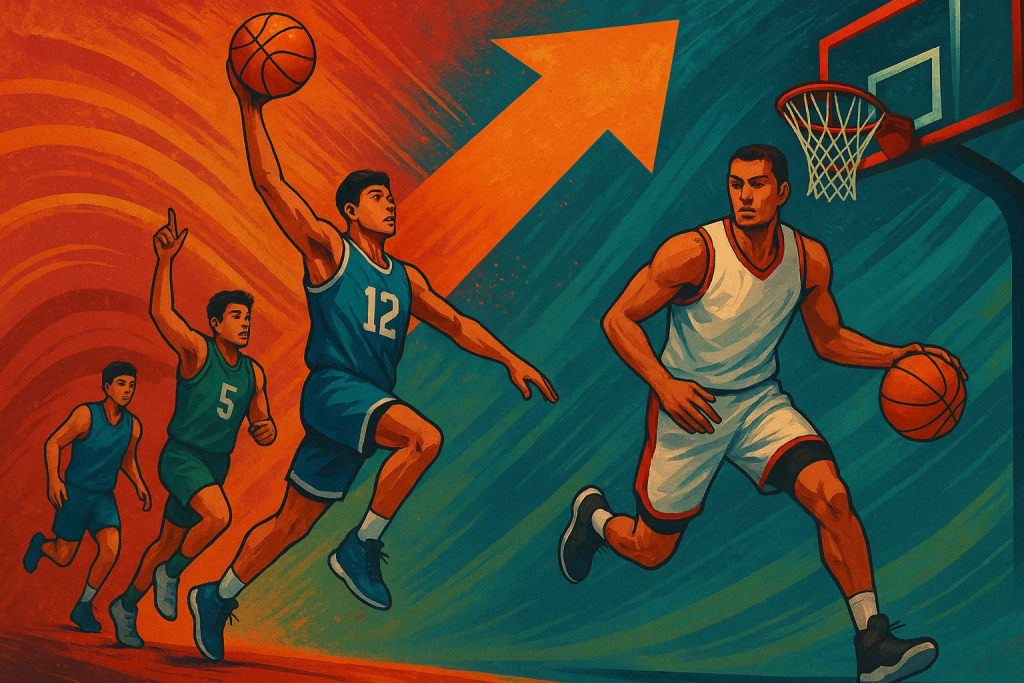
This long-form guide explains how a modern UAAP talent system works end to end—how it scouts, teaches, safeguards, and prepares athletes for the next level while balancing academic degrees, mental health, and family expectations. It also proposes practical templates that athletic directors, coaches, and league executives can implement right now to strengthen the pipeline without losing the spirit that makes campus sports magical.
The value proposition of the UAAP
In plain terms, the UAAP is a trust machine. Parents send their children to programs because they trust that the staff can teach, the campus can protect, and the competition can reveal who belongs in the pros. On the other side, professional clubs trust UAAP programs because the best teams play a brand of organized, disciplined sport that translates quickly to the demands of commercial leagues. That alignment—between family welfare and professional readiness—keeps the pipeline flowing.
Three advantages stand out:
- Repetition at scale. Multiple tournaments across sports, within and beyond the main season, allow coaches to see athletes in varied pressures and paces, accelerating the pipeline from potential to proof.
- Shared language. Because coaching staffs exchange drills, analytics, and clinic notes, a rookie can step into a pro locker room and understand terminology on day one—another boost to the pipeline.
- Cultural fit. UAAP athletes grow up in front of demanding student sections. This thick-skinned poise is an underrated export the pros love, and it smooths the pipeline between the campus and the corporate arena.
What “talent factory” really means
A factory is predictable, but athletes are humans. The challenge is to design systems that respect individuality while producing consistently good outcomes. The best UAAP programs tie three loops together:
- Recruiting loop: Find, screen, and sign athletes who fit the school’s academic and performance profile.
- Development loop: Build skills, strength, and decision-making through progressive practice design.
- Transition loop: Prepare graduating players with pro-ready habits and documentation—game tape, health records, analytics—so the pipeline does not stall at the last meter.
When these loops are synchronized, every class of athletes feels supported by the ones before and responsible for the ones after. The pipeline becomes a culture—one that carries you through injuries, slumps, and the noise of a big city.
Scouting and recruiting: building the front door
Great recruiting starts long before a scholarship offer. UAAP staffs map high schools, community leagues, and regional competitions, then keep light-touch relationships with coaches and parents. The goal is not to collect names, but to understand contexts: who trains before dawn because the court lights fail by noon, who travels two hours to practice, who responds to correction without losing spirit. These are the details that predict who will survive the pipeline.
Recruiting checklist you can copy
- Create regional lists with three tiers: prospects, follows, and monitor-later athletes.
- Capture not just height and speed but growth trends, injury history, and academic rhythm.
- Add family interviews: schedules, transport, and values—the hidden valves of the pipeline.
- Establish a “no surprise” rule: if you will not offer, say so quickly; if you will, present a holistic plan.
Practice design: teaching decisions, not just drills
A drill can build a movement. A decision builds a career. UAAP coaches increasingly use constraint-led practice where rules and spaces force smarter choices: a no-dribble zone to teach cutting, a short shot clock to train pace, a small-sided game to magnify reads. The point is to compress meaningful reps without overloading joints or attention. Well-designed practice feeds the pipeline because it creates players who can solve problems in real time.
Key elements:
- Clarity: One coaching cue per rep so feedback sticks.
- Progressions: Good → better → best tasks that scale to any roster.
- Film habits: Five clips per player per week—two that affirm progress, two that ask questions, one that previews pro tendencies. These clips become passport stamps in the pipeline.
- Load management: Track minutes, jumps, and high-speed sprints. Fresh legs learn better and arrive at the pro doorstep healthier, keeping the pipeline humane.
Strength & conditioning: durable bodies, transferable engines
Performance is not just oxygen and lactic acid; it is logistics. The best programs schedule strength in windows that do not steal quality from skill work. They teach athletes how to lift safely, eat well on a student budget, and sleep when finals week intrudes. They standardize shoulder care for throwers, hip stability for runners, and landing mechanics for jumpers. Durable bodies stay in the pipeline long enough to become complete players.
S&C principles that work:
- Microdosing power: Short, crisp sets that maintain explosiveness even during congested schedules.
- Landing literacy: Every athlete learns to land and decelerate in multiple directions.
- Heat management: Hydration, shade, and cooling protocols suited for tropical calendars.
- Return-to-play ladders: After injury, progress from controlled drills to contact, then to game-speed scrimmage—so the pipeline returns players without re-injury.
Sports medicine and mental health: two halves of one promise
Pain ignored becomes absence. Pressure mismanaged becomes burnout. UAAP’s most sustainable teams treat medical and mental support as one continuum. Athletic trainers coordinate with counselors; academic advisers coordinate with sleep coaches. The result is a safer, steadier pipeline that does not sacrifice people to produce wins.
Practical supports:
- Baseline screenings and red-flag systems that trigger proactive care.
- Confidential counseling hours that respect schedules and privacy.
- Nutrition kiosks near practice venues with simple, affordable options.
- Education on social media hygiene, because digital storms can clog the pipeline just as surely as bad hamstrings.
Analytics that matter (and that students can manage)
Data is only useful if it changes behavior. UAAP programs can equip student analysts to tag film, chart shot value, or model substitution patterns with simple software. The aim is not to imitate pro-grade analytics but to answer the program’s specific questions. Clear charts shorten meetings and align staff, accelerating the pipeline from practice to game plan.
A five-metric board most teams can run:
- Possession value by lineup.
- Shot quality vs. shot result.
- Turnover origins (forced vs. unforced).
- Fatigue index (minutes × speed × travel).
- Development touches logged per underclassman.
Academics as competitive advantage
Pro teams love graduates who can learn fast, write clearly, and present professionally. Those skills start in class and compound through press interviews and community work. The smartest UAAP programs schedule study halls like practices, partner with faculty for flexibility during tournaments, and teach players to speak in specifics rather than clichés. These habits travel nicely through the pipeline, where rookies must process thick playbooks and earn trust in meetings as much as in games.
Compliance, governance, and fairness
Rules protect people. Clear transfer policies, transparent scholarship renewals, and anti-hazing enforcement demonstrate respect for athletes and their families. A trusted process is part of the pipeline; without it, cynicism drains energy and parents steer talent elsewhere. Committees should include athlete voices and publish minutes where appropriate. Trust is an asset you deposit every day and spend only when you must.
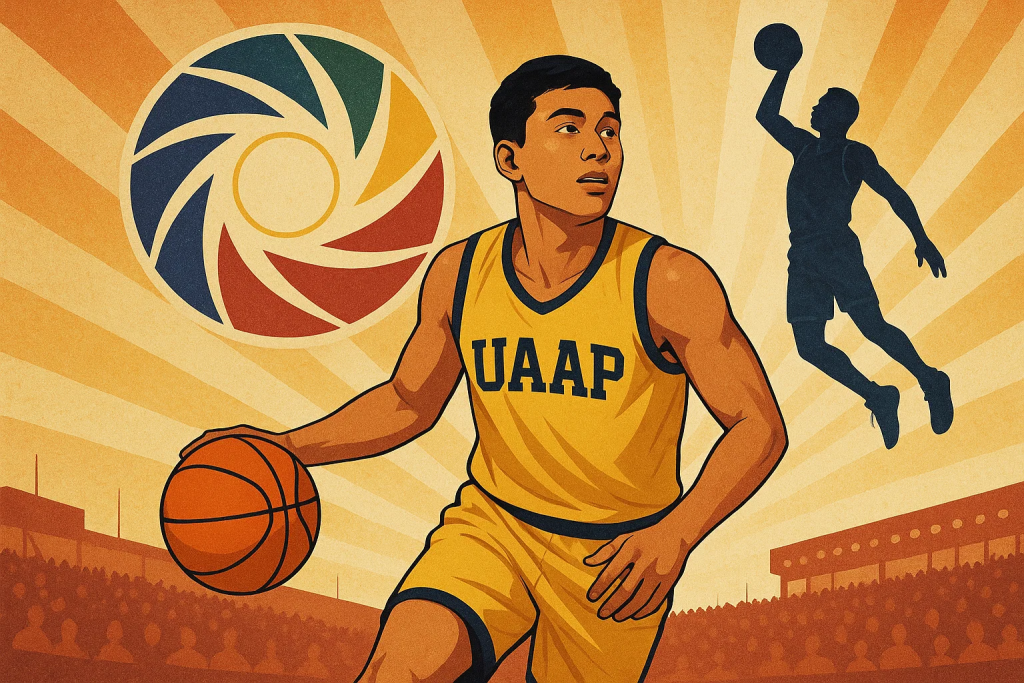
Transition to professional life: make the last mile obvious
Graduation is a moment, not a plan. The pipeline must extend beyond a championship parade. Programs can host draft-prep combines, invite agents for Q&A sessions, and teach players the basics of personal finance and contracts. They can film pro-style workouts and distribute them to team executives. They can rehearse interviews and explain how to ask for feedback without sounding needy. Clarity about the last mile prevents detours or stalls in the pipeline.
Deliverables for every graduate:
- A curated highlight reel plus unedited, full-game film against top rivals.
- A medical file with baselines, rehab histories, and current status.
- A 60–90 minute pro-day script designed with input from scouts.
- Contact sheets for coaches, professors, and community leaders who can vouch for character—soft currency in the pipeline.
Partnerships with professional clubs and national teams
Great relationships reduce guesswork. When UAAP coaches and pro staffs share language and calendars, athletes move smoothly across levels. National team coaches can align testing batteries and share movement standards so a call-up feels like a promotion rather than a reset. Memoranda of understanding can define how often loaned players return for school games, which keeps the pipeline reciprocal and respectful.
Media, branding, and fan education
Attention is fuel. Programs that teach fans what to watch—spacing, tempo, defensive communication—create smarter crowds and calmer players. They also help scouts evaluate context. A clean, informative broadcast and a thoughtful social media presence invite sponsors and reassure parents. They widen the top of the pipeline by making more people care.
Content ideas that travel:
- Short “how we play” videos narrated by captains.
- Behind-the-scenes features on study hall or recovery routines.
- Data snapshots that explain a trend without giving away the playbook.
- Alumni spotlights that show the pipeline at work years after graduation.
Event design: the unseen advantage
Scheduling is a competitive skill. Back-to-backs test depth; long gaps test discipline. UAAP schedulers who understand rest, travel, and prime-time windows can keep the product entertaining while honoring athlete welfare. Great event design protects the pipeline from avoidable fatigue and injuries, improving both TV quality and draft outcomes.
Event checklist:
- Reasonable turnarounds between high-intensity games.
- Early notice for venue changes to reduce classroom and family disruption.
- Medical staff and cooling areas sized to expected crowds.
- Quiet rooms for athletes who need a reset—small additions that preserve the pipeline.
The economics of doing it right
A strong college sports system multiplies money far beyond ticket sales. It boosts local food businesses, fills gyms with community events, and attracts sponsors who want to invest in education-linked pride. Alumni who once cheered from the bleachers return as donors, mentors, or internship providers. As these circles compound, the pipeline supports careers on and off the court: coaching, analytics, marketing, physical therapy, broadcast production.
Budgeting rules of thumb:
- Fund the boring essentials first—towels, tape, travel insurance—so the pipeline never stalls for lack of basics.
- Buy equipment that is durable and repairable.
- Pay interns stipends so student analysts and managers can stay the full season; continuity keeps the pipeline coherent.
- Measure return not only in trophies but in graduation rates, job placements, and national team call-ups.
Grassroots to UAAP: one nation, one ladder
Talent does not grow in air-conditioning alone. The pipeline begins in barangays, public schools, and church courts where kids invent games with limited gear. UAAP programs can embrace this truth by running clinics, donating refurbished equipment, and translating drills into Filipino and regional languages. The point is not to recruit every kid; it is to build a culture where every kid sees a future in sport. Some will become stars; many will become lifelong fans and volunteers—the social scaffolding of a healthy sports nation.
Climate, travel, and the Philippine calendar
Heat and rain are not footnotes; they are training variables. Programs can protect the pipeline by building heat policies (red–amber–green thresholds), scheduling morning practices, and budgeting for hydration. Travel plans should include earlier flights, stretch breaks, and recovery snacks. These unglamorous details decide whether a young athlete feels fresh for a televised game or slow for an important scout visit.
Case studies (hypothetical but instructive)
Case 1: The guard who learned to thrive off the ball.
A scoring guard arrives with a high-usage style that will not translate to the pros. The staff introduces small-sided games that reward cutting and screening. Over two seasons, assist-to-turnover ratio improves, catch-and-shoot percentage climbs, and film shows better pace control. Scouts see a rotational pro rather than a volume shooter. The pipeline worked because practice design changed behavior.
Case 2: The middle blocker who became a national team mainstay.
A gifted blocker struggles with travel fatigue and exam stress. The program builds a sleep routine, negotiates exam windows with faculty, and microdoses strength to protect knees. By senior year, availability stabilizes and performance peaks during playoff weeks. With durability proven, the national team invites a camp. Good logistics protected the pipeline at its most fragile point.
Case 3: The track sprinter who found life after sport.
Hamstring tears end medal dreams. But a communications internship inside athletics turns into a full-time media role. Years later, the alum hosts a league podcast that humanizes rookies entering the pipeline. Not every story ends in a contract; some end in leadership that makes the whole system kinder and smarter.
Common pitfalls (and fixes)
- Over-scheduling. Fatigue is not proof of commitment. Use performance drops and wellness surveys to pace the pipeline.
- Communication silos. Strength coaches, skill coaches, and academics must share calendars; without it, the pipeline jams.
- Hype over honesty. If a player projects as a role specialist, coach to that truth and celebrate it. Honesty keeps trust in the pipeline.
- Copy-paste strategies. Importing plays without context confuses athletes. Teach principles first so the pipeline exports understanding, not memorization.
A 120-day UAAP-to-pro accelerator (plug-and-play)
Days 1–30: Audit & align
- Map athlete goals, academic loads, and injury risks.
- Build shared calendars and non-negotiables (sleep, study, lift).
- Define pro-ready habits and metrics that matter to scouts—the language of the pipeline.
Days 31–60: Skill & strength sprint
- Constraint-led drills tied to each position’s pro tasks.
- Microdose power sessions and landing literacy circuits.
- Launch five-metric dashboards for coaches and athletes.
Days 61–90: Exposure & education
- Host pro-day rehearsals; film drills with clear angles.
- Invite agents for a rules-and-ethics Q&A.
- Run money-and-media workshops so rookies do not trip on the last step of the pipeline.
Days 91–120: Taper & transition
- Reduce volume, sharpen speed, and polish set pieces.
- Finalize film packages, medical files, and recommendations.
- Schedule follow-up huddles with families to plan housing, transport, and boundaries for pro life. Confidence closes the pipeline.
Alumni engines: keeping the circle turning
No system stays strong without people who return to invest time and wisdom. Alumni can mentor position groups, donate recovery tools, and host career days that demystify the first year out of school. They can also model balance: how to train hard while paying attention to relationships, finances, and mental health. When former players show up consistently, underclassmen begin to imagine the next decade as a set of meaningful stages rather than a single do-or-die tryout. Coaches can formalize this energy with schedules, clear agendas, and simple feedback loops that convert goodwill into useful guidance for current rosters.
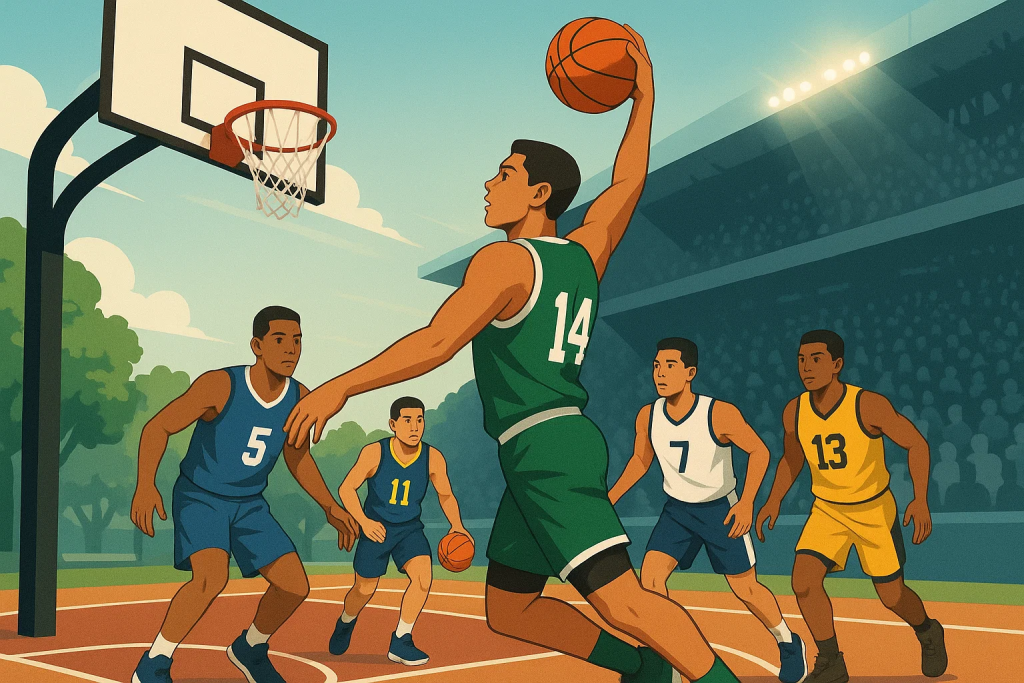
A living alumni culture also improves recruiting. Families want to see proof that a program stays in your corner even after the last buzzer. When recruits meet mentors who are thriving—teachers, engineers, small-business owners, therapists—they understand that high-level sport can be a springboard to dozens of dignified futures. That creates a healthier psychology around selection and playing time, because students begin to evaluate progress in seasons, years, and life chapters instead of just minutes per game.
Call to action
If you lead a program, choose one weak link and fix it this week—an outdated ramp, a chaotic study hall, a neglected alumni list. If you are an athlete, write down two habits that will raise your floor and one that will raise your ceiling. If you are a fan, buy a ticket and bring a friend to a campus game. A thriving UAAP proves that education and entertainment can reinforce each other, and that the pipeline from campus to pros can be both caring and competitive.
Frequently Asked Questions (FAQ)
1) What does a successful campus-to-pro journey look like?
It looks boring in the best way: consistent practice language, transparent expectations, steady academic support, and teammates who model humility. When those pieces are present, the pipeline feels inevitable rather than miraculous.
2) How early should recruiting start?
As early as freshman year of high school for initial contacts, with more formal evaluations later. The key is honesty and context—understanding family schedules, academic goals, and health. Done well, recruiting strengthens the pipeline before any scholarship is signed.
3) Do analytics really matter for college athletes?
Yes—if they answer questions the staff and players care about. A concise dashboard can shorten meetings, guide substitutions, and sharpen practice priorities, speeding the pipeline from insight to behavior.
4) What if a player is not “pro ready” by graduation?
There are many dignified pathways: developmental leagues, international clubs, or careers in coaching, analytics, and media. The same habits that build pros build professionals off the court; the pipeline serves both outcomes.
5) How can fans help?
Show up, learn the rules, respect opponents, and celebrate role players. Fans who value the craft create a healthier stage for athletes, sponsors, and scouts. That stage is the on-ramp to the pipeline and the reason it keeps moving forward.
